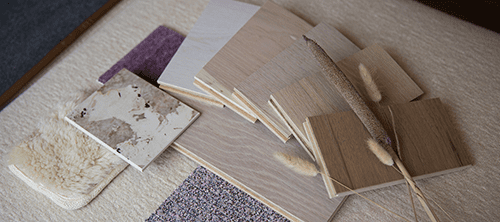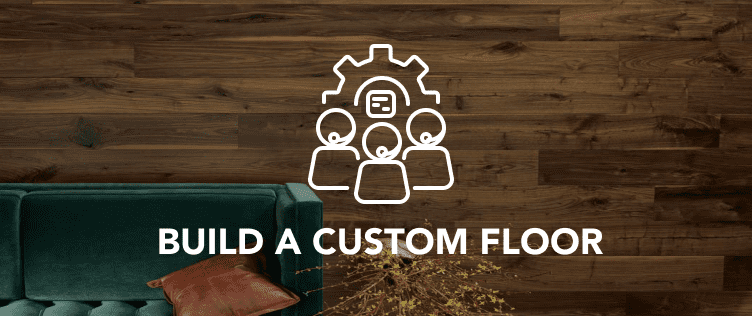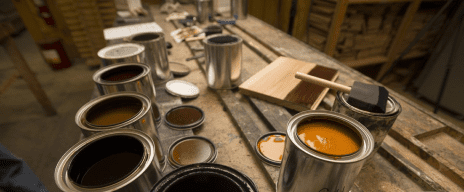From Lofts to Luxury: A View into the History of Hardwood Flooring

By Todd Aalgaard
Now that you’ve had your home beautifully appointed with the wide-plank hardwood floor of your dreams, you’re probably thinking of showing it off. And, of course, you’ve done all the arrangements: you’ve chosen some matching plants, arranged all the furniture just so, and that long, ornate oak table blends in just perfectly. All you need are guests.
We’re not about to tell you what to cook, how to entertain, or where to place your guests’ shoes when they come to visit; if you’ve consulted our blog, after all, you’ve probably already done your homework. There is, however, one final garnish to top off your hardwood piece de resistance, and you’ve already got it-it’s that big, beautiful brain of yours.
Hardwood flooring has a history you may not be familiar with, and what better topic to bring up when doing a little well-deserved showing off?
In the 17th century, back when the idea of flooring was still pretty luxurious, Europeans settled for the most immediate surface available-the dirt, pounded to a hard, cement smoothness. This, of course, was an enormous hassle: when their guests came ‘round, tracking dirt, dust or mud into the house was more than just a cosmetic no-no-as you can guess, it’s even harder to get out of soil than linoleum. It was only the upstairs area of the home-sometimes a converted hayloft, if your budget permitted-that featured any surface not pre-designed by the hand of nature. On these floors, you’d find trunk-like joists and broad, heavy planks of solid oak or elm, normally over two feet wide.
With a French influence during the Baroque period, wooden floors finally got their day. Artisans and craftspeople would cut intricate patterns out of contrasting wood tones, designing flowing, elaborate parquet patterns that, when stained and polished, were the paragon of elegance. While the resulting designs were typically seen only in the homes of European aristocracy, their increased use would eventually bring the style to the American colonies.
The use of these patterns continued through the 19th century, but, even then, they typically appeared in only the wealthiest of homes. Unlike Europe, however, America had a vast wealth of timber and other natural resources, skyrocketing the availability of plank floors. With the ease of tongue-and-groove installation, America’s new timber mills responded to the demand. By the early 20th century, tongue-and-groove was everywhere, praised for the stunning grace of its simplicity.
Today, the hardwood surface is experiencing a Renaissance of its own. Environmentally-conscious lovers of good design need a simple, gorgeous, ecologically-responsible way to support themselves and their families. With the explosive availability of synthetic alternatives, homeowners turned to wide, glowing planks of reclaimed timber, discovering that the best choice is to go natural.




